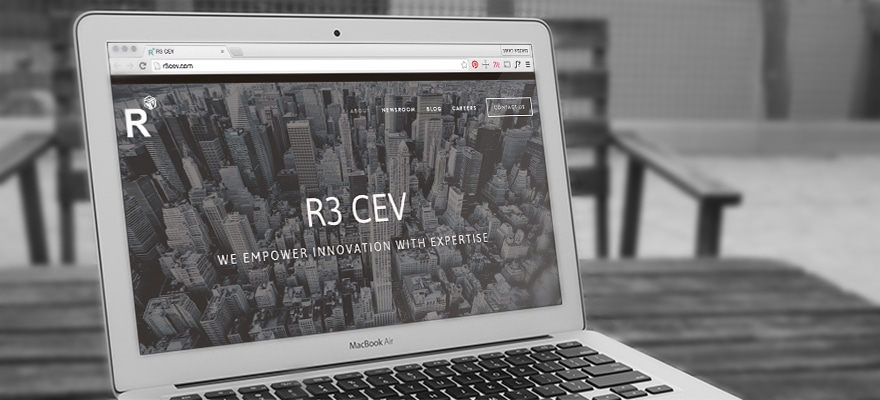Peercoin (PPC) currently ranks third in market cap among digital currencies, behind Bitcoin and Litecoin. There are currently 21 million peercoins in circulation, each valued at $6 and providing for a total market cap of $126 million.
According to peercoin.net, Peercoin combines the cryptography concepts successfully employed by Bitcoin but without many of the drawbacks. Unlike Bitcoin which solely relies upon proof-of-work methodology, Peercoin combines both Proof-of-Work (PoW) ) and proof-of-stake (POS) systems. POW is only necessary for the original minting of a peercoin. The long-term maintenance of network security, however, depends solely upon POS.
The advantages are two-fold: First, the integrity of the system is not subject to mining power. It is therefore not susceptible to "selfish miner" or "51%" attacks. Instead, a prospective attacker would have to accomplish the near impossible feat of owning 51% of the currency.
In addition, the total cost of mining to the "peercoin economy" is far lower, as it does not entail hardware or energy intensive maintenance of the network.
According to coinwarz.com, Peercoin indeed ranks ahead of Bitcoin in terms of mining profitability, albeit by only one spot. Both currencies therefore are not profitable to mine for the majority of users, with BTC costing a net of $0.94 to generate per day vs $0.92 for PPC.
PPC has traded significantly vs BTC, but has come off recent of highs of 0.01 BTC ($9.20) to hover near 0.0075 BTC ($6.90) since the start of 2014. If its core design indeed functions as is claimed, it will remain resilient in the face of recent 51% scares that have shaken BTC value.
Peercoin (PPC) currently ranks third in market cap among digital currencies, behind Bitcoin and Litecoin. There are currently 21 million peercoins in circulation, each valued at $6 and providing for a total market cap of $126 million.
According to peercoin.net, Peercoin combines the cryptography concepts successfully employed by Bitcoin but without many of the drawbacks. Unlike Bitcoin which solely relies upon proof-of-work methodology, Peercoin combines both Proof-of-Work (PoW) ) and proof-of-stake (POS) systems. POW is only necessary for the original minting of a peercoin. The long-term maintenance of network security, however, depends solely upon POS.
The advantages are two-fold: First, the integrity of the system is not subject to mining power. It is therefore not susceptible to "selfish miner" or "51%" attacks. Instead, a prospective attacker would have to accomplish the near impossible feat of owning 51% of the currency.
In addition, the total cost of mining to the "peercoin economy" is far lower, as it does not entail hardware or energy intensive maintenance of the network.
According to coinwarz.com, Peercoin indeed ranks ahead of Bitcoin in terms of mining profitability, albeit by only one spot. Both currencies therefore are not profitable to mine for the majority of users, with BTC costing a net of $0.94 to generate per day vs $0.92 for PPC.
PPC has traded significantly vs BTC, but has come off recent of highs of 0.01 BTC ($9.20) to hover near 0.0075 BTC ($6.90) since the start of 2014. If its core design indeed functions as is claimed, it will remain resilient in the face of recent 51% scares that have shaken BTC value.
















